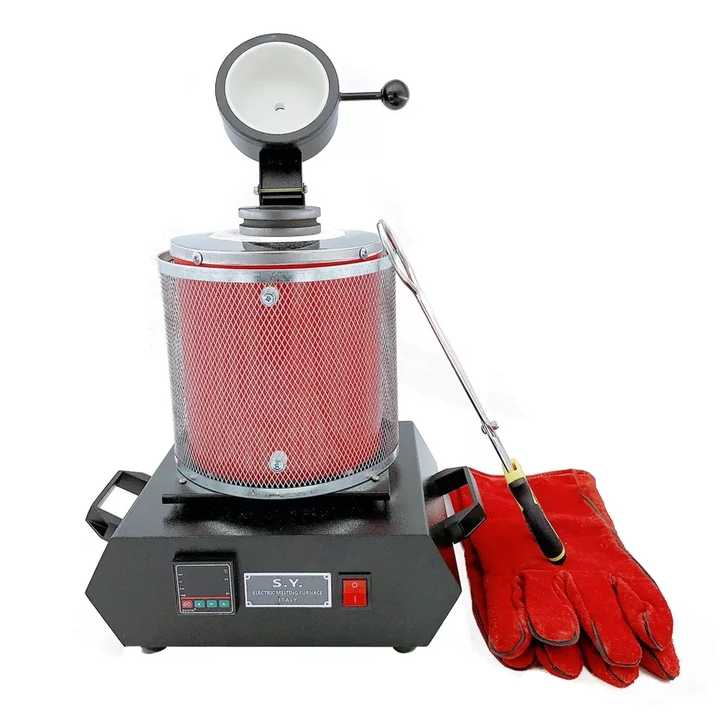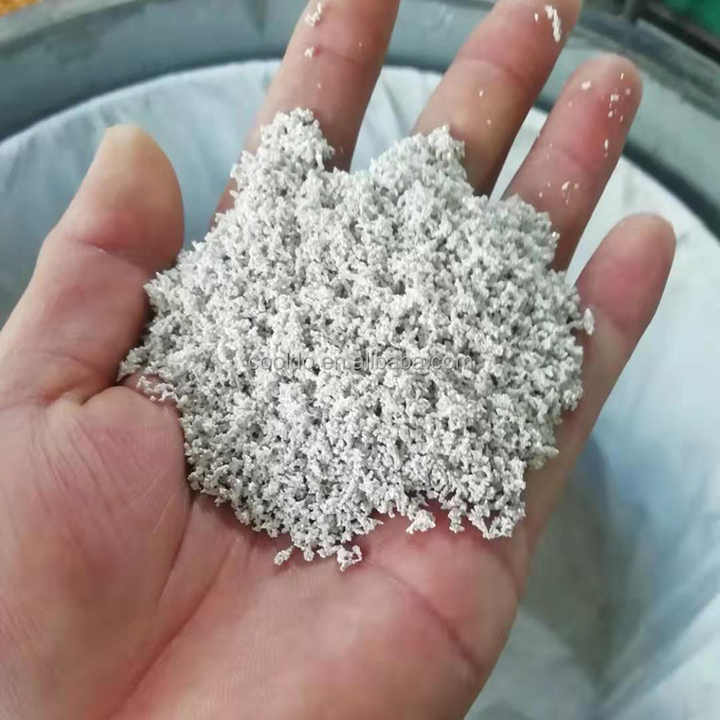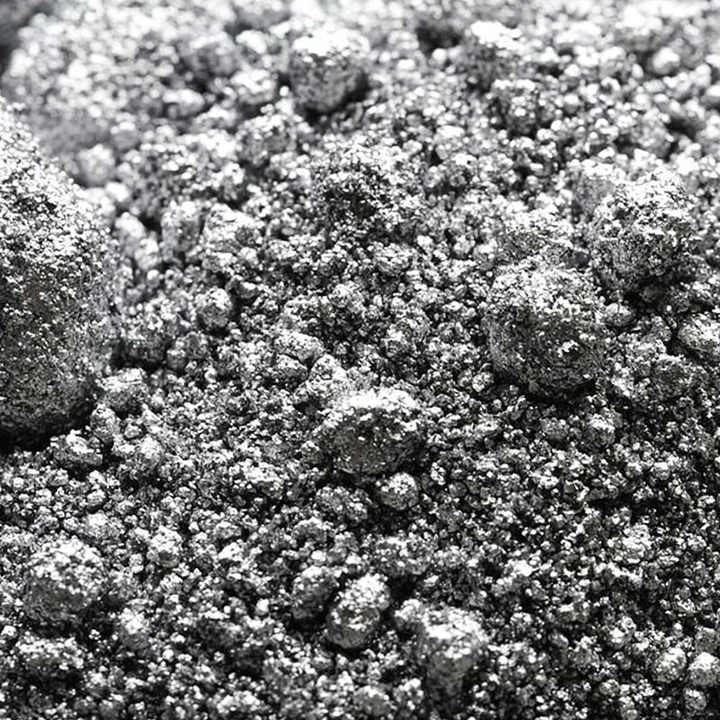scrap silver refining

Scrap Silver Refining: A Comprehensive Guide
Scrap silver refining is the process of recovering pure silver from various scrap materials, including old jewelry, industrial waste, and silver-plated items. As the demand for silver continues to grow, refining scrap silver can be a lucrative venture. This article will explore the methods, benefits, and equipment involved in scrap silver refining.
Understanding Scrap Silver
Scrap silver refers to any silver-bearing materials that are no longer wanted or needed. This can include broken jewelry, unused silverware, old coins, and even industrial by-products. The silver content in these materials varies, making it essential to refine them to extract the pure metal.
Methods of Scrap Silver Refining
There are several methods for refining scrap silver, each with its advantages and challenges:
1. Chemical Refining
Chemical refining involves the use of chemical reactions to separate silver from other metals and impurities. This method typically includes:
- Dissolution: Scrap silver is dissolved in a suitable acid, often nitric acid. This process converts silver into silver nitrate.
- Precipitation: A reducing agent, such as sodium chloride or zinc, is added to the solution, causing silver to precipitate out as solid particles.
- Filtration: The solid silver is collected through filtration, washed, and dried before being melted into ingots.
2. Electrolytic Refining
Electrolytic refining is a more advanced technique that allows for the recovery of high-purity silver. This process involves:
- Dissolving Scrap: Scrap silver is immersed in an electrolytic solution, usually made of silver nitrate.
- Electrolysis: An electric current is passed through the solution, causing silver ions to migrate to the cathode, where they deposit as pure silver.
- Collection: The pure silver can be harvested from the cathode and remelted into ingots or other forms.
3. Melting and Casting
For those looking for a simpler approach, melting and casting can be a straightforward method:
- Melting: Scrap silver is placed in a crucible and heated until it melts. Flux materials, like borax, can be added to help remove impurities.
- Casting: The molten silver is poured into molds to create ingots or other desired shapes.


Benefits of Scrap Silver Refining
Refining scrap silver offers several advantages:
- Economic Value: The price of silver can be high, making scrap silver refining a profitable endeavor. Recovering silver from scrap can yield significant financial returns.
- Sustainability: Refining scrap silver promotes recycling and reduces the need for mining new silver, which is environmentally beneficial.
- Versatility: Scrap silver refining can be done on various scales, from small home setups to larger commercial operations.
Equipment Needed for Scrap Silver Refining
To effectively refine scrap silver, certain equipment is essential:
- Furnace or Kiln: Necessary for melting scrap silver and achieving high temperatures.
- Crucibles: Used to hold the silver during the melting process. Graphite or ceramic crucibles are commonly used.
- Electrolytic Cell: Required for the electrolytic refining process, consisting of anode and cathode.
- Safety Gear: Personal protective equipment, including gloves, goggles, and respirators, to protect against hazardous materials.
Scrap silver refining is a valuable process that allows individuals and businesses to recover pure silver from unwanted materials. By employing methods such as chemical refining, electrolytic refining, or melting and casting, one can effectively extract silver and contribute to a more sustainable future. With the right equipment and safety precautions in place, scrap silver refining can be both an economically rewarding and environmentally responsible activity. As the demand for recycled silver continues to rise, mastering this process can provide significant advantages in the precious metals market.















